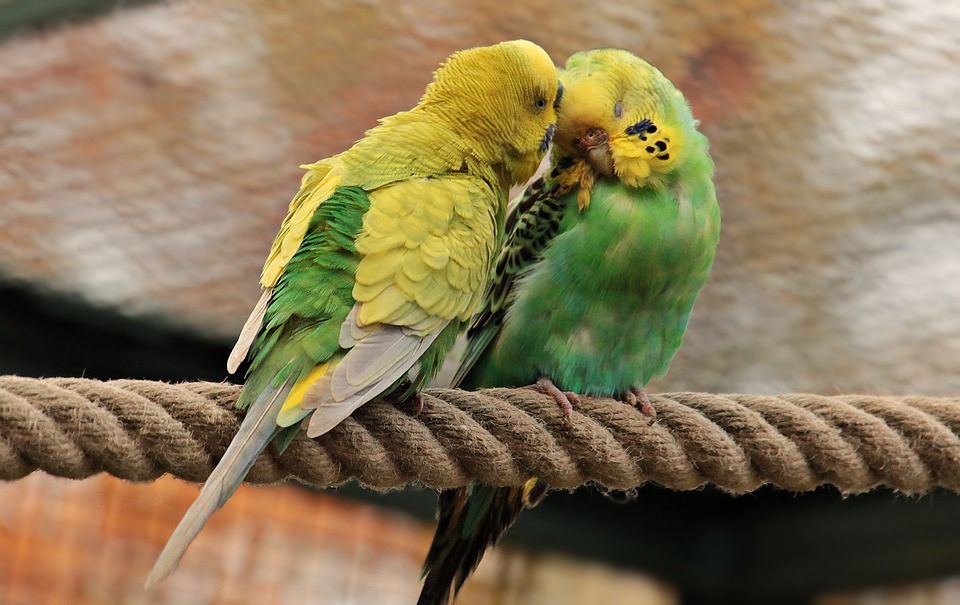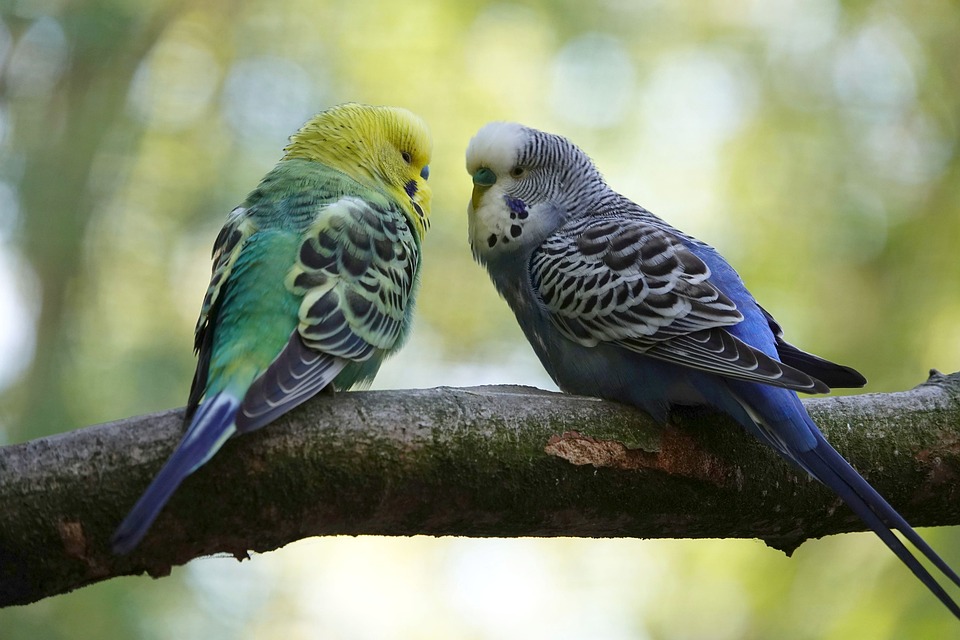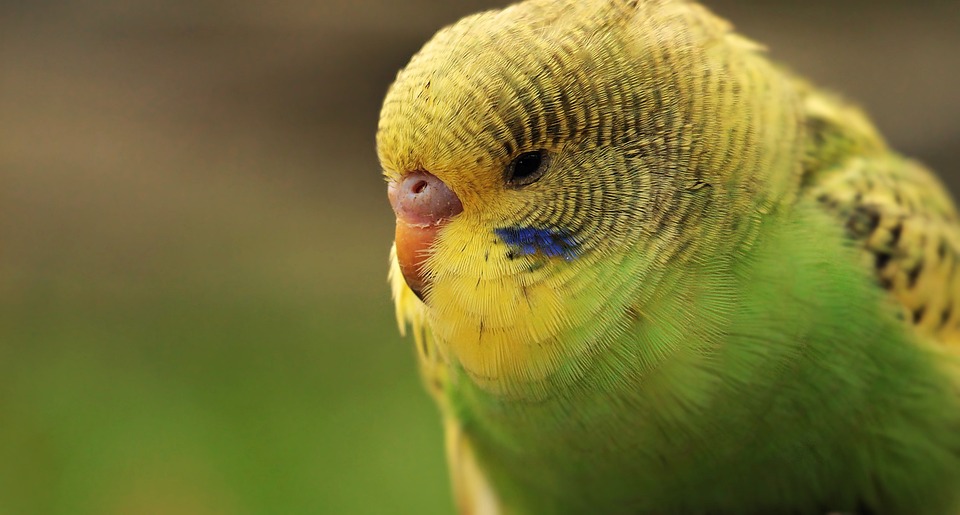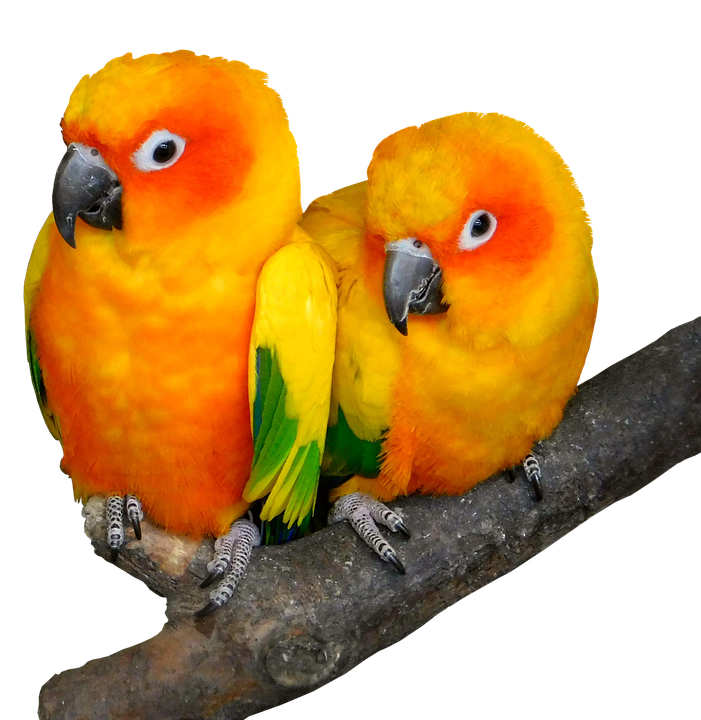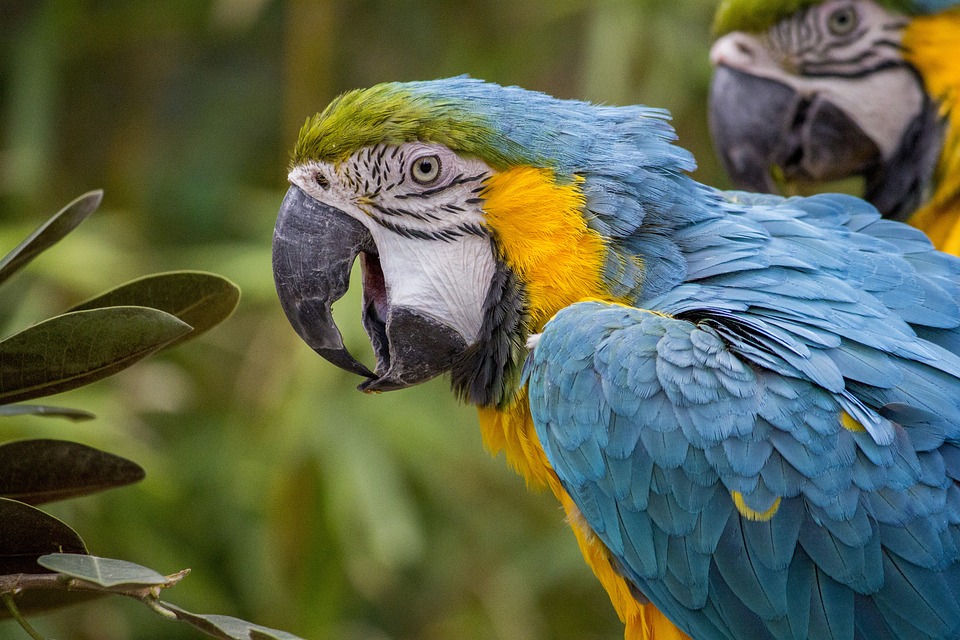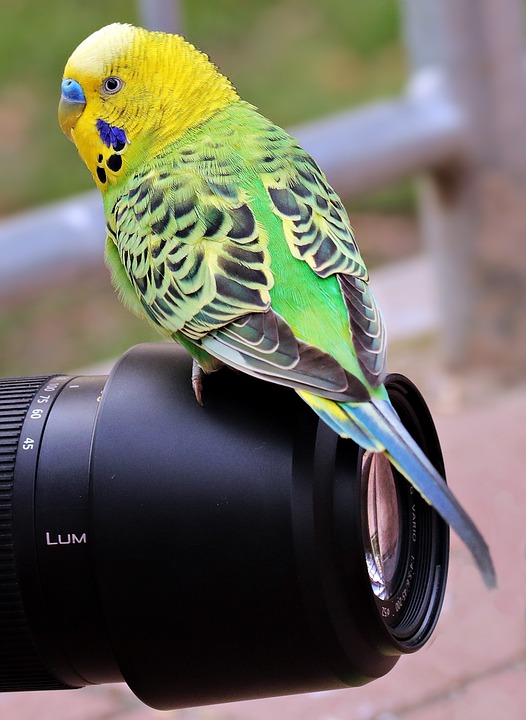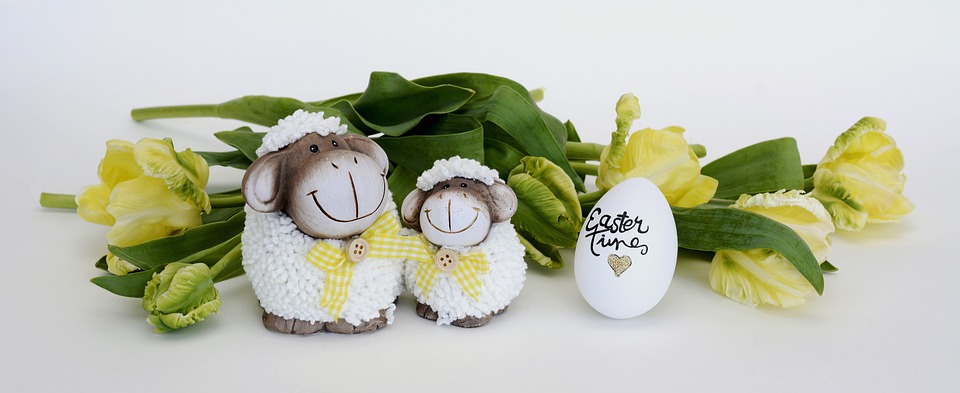Parrots are highly intelligent and social birds that require mental and physical stimulation to thrive. Allowing them supervised outdoor time in a comfortable and secure aviary can provide them with a change of scenery, fresh air, and a chance to explore their natural instincts. In this article, we will discuss how to create an outdoor aviary that promotes your parrot’s well-being and safety.
Selecting an Appropriate Location:
When choosing a location for your outdoor aviary, there are several factors to consider. First, take into account the climate and weather conditions in your area. Make sure the aviary is protected from extreme temperatures, strong winds, and heavy rainfall.
Secondly, choose an area away from potential predators and hazards. This could include stray cats, dogs, or wild animals. Select a spot that is not easily accessible to these creatures to ensure the safety of your parrot.
Lastly, ensure that the aviary receives adequate sunlight and shade. Parrots need exposure to natural light for their physical and mental well-being, but they also require shady areas where they can retreat from direct sunlight.
Designing a Comfortable Aviary:
The size of the aviary should be determined by the number of parrots you have. It is important to provide enough space for them to move around freely and exercise their wings. Additionally, the aviary should be tall enough to accommodate flight and include perches and branches at various heights to encourage exercise and mental stimulation.
Including suitable toys and enrichment activities is essential to keep your parrot entertained and prevent boredom. Rotate toys regularly to maintain their interest and provide a variety of textures and materials for them to explore.
To create a naturalistic environment, consider including plants and rocks in the aviary. Non-toxic plants such as hibiscus, bamboo, spider plants, and palms can add visual interest and provide a sense of security for your parrot. Avoid toxic plants like ivy, lilies, and azaleas, as they can be harmful if ingested.
Ensuring Safety and Security:
Using sturdy and predator-proof materials is crucial when building an outdoor aviary. Opt for materials such as galvanized steel or aluminum for the framework, and wire mesh with small openings to prevent predators from entering.
Install secure doors and locks to ensure that your parrot cannot escape or be accessed by unauthorized individuals. Regularly inspect the aviary for any damages or weaknesses, such as loose wires or gaps in the fencing, and repair or reinforce them promptly.
Implement bird-safe pest control measures to protect your parrot from parasites or insects. Avoid using chemicals or pesticides that can be harmful to your parrot’s health. Instead, consider natural alternatives such as diatomaceous earth or citronella candles.
Supervising Outdoor Time:
It is essential to be present and attentive during your parrot’s outdoor sessions. Observe their behavior and body language to ensure they are comfortable and not displaying signs of distress or aggression.
Limit outdoor time based on the weather conditions and your parrot’s comfort. Extreme temperatures, heavy rain, or strong winds can be dangerous for your parrot, so it is best to keep them indoors during such conditions.
Maintain a safe distance from other pets or wildlife that may be present in the area. Even if your parrot is in a secure aviary, it is important to prevent any potential conflicts or disease transmission.
Conclusion:
Creating a comfortable and secure outdoor aviary for supervised outdoor time can greatly benefit your parrot’s physical and mental well-being. By selecting an appropriate location, designing a comfortable space, ensuring safety and security, and supervising outdoor sessions, you can provide your parrot with a stimulating and enjoyable outdoor experience. Remember to prioritize your parrot’s safety at all times and consult with avian experts or veterinarians for specific concerns or questions about your parrot’s behavior in an outdoor setting.


